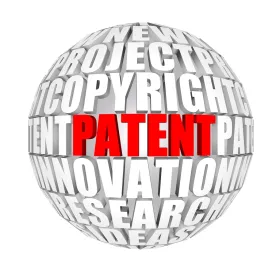Today in Nike v. Adidas (Fed. Cir. 2016), the Federal Circuit partially relaxed the hurdle for a patent owner to amend claims during an IPR or other AIA proceeding. This follows the PTAB’s own earlier partial relaxation of the hurdle for patent owners to amend in its Masterimage decision, in which the PTAB found that patent owners need not show patentability over all prior art in the universe, but only that known to the patentee. In today’s Nike decision, the court found that it was error for the PTAB to have denied entry of Nike’s amendment on the basis that Nike provided a conclusory statement that the proposed claims were patentable over prior art known to the patentee. The court stated: “we cannot see how the statement used by Nike would be inadequate, absent an allegation of conduct violating the duty of candor. We therefore conclude that this was an improper ground on which to deny Nike’s motion to amend.”
Insufficient fact-finding
The court also found error in the PTAB’s decision to group two proposed claims together and not separately evaluate patentability due to distinct limitations. “This portion of the Board’s analysis on whether Nike’s proposal of claim 48 and 49 constituted a reasonable number of substitute claims for originally issued claim 19 lacks critical fact-findings needed for any obviousness determination. We are unable to engage in such fact-finding in the first instance and must therefore remand for further proceedings. See Ariosa, 805 F.3d at 1365 (‘But we must not ourselves make factual and discretionary determinations that are for the agency to make.’).” This represented another issue on which the court decided to remand the case to the PTAB.
Failure to address secondary considerations
The court further found that the PTAB had failed to clearly address evidence of secondary considerations presented by the patent owner, holding that “Recognizing that the Board operates under stringent time constraints, we do not hold that it is obliged to explicitly address conclusory and unsupported arguments raised by a litigant. Cf. Fresenius USA, Inc. v. Baxter Int’l, Inc., 582 F.3d 1288, 1296 (Fed. Cir. 2009) (holding that a party cannot preserve an argument if it presents ‘only a skeletal or undeveloped argument to the trial court’). Under the particular circumstances presented here, however, we conclude that the Board should have explicitly acknowledged and evaluated Nike’s secondary considerations evidence.” There have been several recent cases in which the Federal Circuit has reminded the Board of the importance of carefully addressing evidence of secondary considerations.




 />i
/>i
